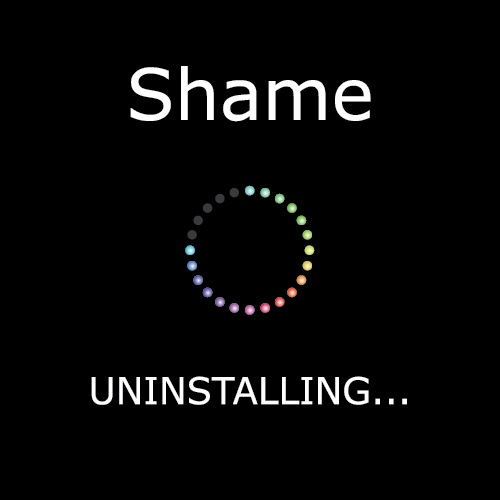What To Do with a Low Mood

Low moods happen. What can we do about them?
Low moods can be so hard to shake off. Everyone gets them, nobody likes them, and very few of us have been taught how to navigate them effectively. Here are some things to consider the next time you are in a low mood:
- Try not to take the mood too seriously. It doesn’t mean anything that you are in a low mood. They just happen. Our moods go up, and our moods go down, like an emotional elevator. Moods are a natural response to your physical state in the moment, or can be a reaction to a thought you are having. It can also be a natural response to a specific loss or disappointment. Sometimes when people are in a low mood they try really hard to figure out why they are in a low mood. They analyze their life looking for something that caused the mood and if changed can make the low mood go away.Using your intellectual, problem solving brain when you are in a low mood is problematic because when you are in a low mood the quality of your thinking processes are diminished. In a low mood people tend to be more problem focused, reactive, fear based, and can get caught up in circular or downward spiral thinking. If you are already in a low mood it is not a good time to examine every aspect of your life. You can ask yourself the questions, but beware of the answers you come up with. Let your mood shift first, then reflect on your life.
- Remember your mood is temporary - What you think about something or someone when you are in a low mood is not the same as what you think about that same thing or person when you are in a higher mood state. It is important not to get fooled by your low mood perspective. People who forget that moods are temporary are at risk of being fooled by their own low mood. This can lead people to make permanent decisions in a temporary mood state. Moods can shift, but actions taken in low moods are sometimes irreversible. Protect yourself by learning more about how low moods impact your thinking and perspective.
- Slow down, sit down, step away from the computer - Be aware that things are not as urgent or as dark as they seem in the moment. The more urgent you feel about something like making a purchase or telling someone off, the more important it is to check in with yourself and make sure it is not your low mood tricking you into a rapid negative response to something that might look different once your mood shifts. When you are in a low mood you are at risk of following your low mood thinking into low mood behavior. If at all possible delay your conversations and actions until your mood shifts.
- Ask for what you need - Let people know that you are in a low mood and ask if you can postpone challenging discussions until another time. Make an appointment to check back with them about their issue or concern. It is good business to have important conversations when your mind is clear and your mood is steady.
- Shift your “to do list” to accommodate your mood – So, you are in a low mood. You are still at work and need to be productive. Consider if your mood is impacting your ability to do the work that is next up on your to-do list. If your mood is a barrier to completing that task, accept that truth and then ask yourself what you can do while you are still in a low mood that can be useful and constructive. When your mood shifts return to the original task, and then get it done.
- Ride the storm out with self-compassion - Your moods are like your internal Michigan weather, stormy one moment, bright and sunny the next. You can’t control your moods any better than you can control the weather. When your mood is dark and stormy you can get scared. Just like our pets may need gentle comfort when they are scared by thunder, we need gentle comfort when we are being emotionally, psychologically, and physiologically tossed about by our stormy moods. Take shelter, don’t run out in the storm. Get with safe people who can provide solid love and care. Moods are temporary and if we relax into them without resisting and fighting them they will shift more quickly. Mindfulness practices and guided imagery are useful tools to help us ride the storm out.
Navigating low moods can be tricky, but even when you are in a low mood you can practice psychological flexibility. Say to your deepest, wisest self:
"It is what it is." (I am in a low mood).
"Given that it is what it is, who do I want to be and how do I want to move forward with my day?"
Related Articles

Accessing Creativity to Increase Work Effectiveness
Letting your processing mind rest can actually enhance the quality of your work.

“There’s Always a Moped”
Use what can be easily found in your environment to help you relax.

What’s up with your Inner Supervisor?
Having a harsh and critical "inner supervisor" can make it harder for you to be your best self both at home and at work.

Conserving your Emotional Currency
Being mindful of how you spend your emotional energy can help you protect your physical and emotional health.





